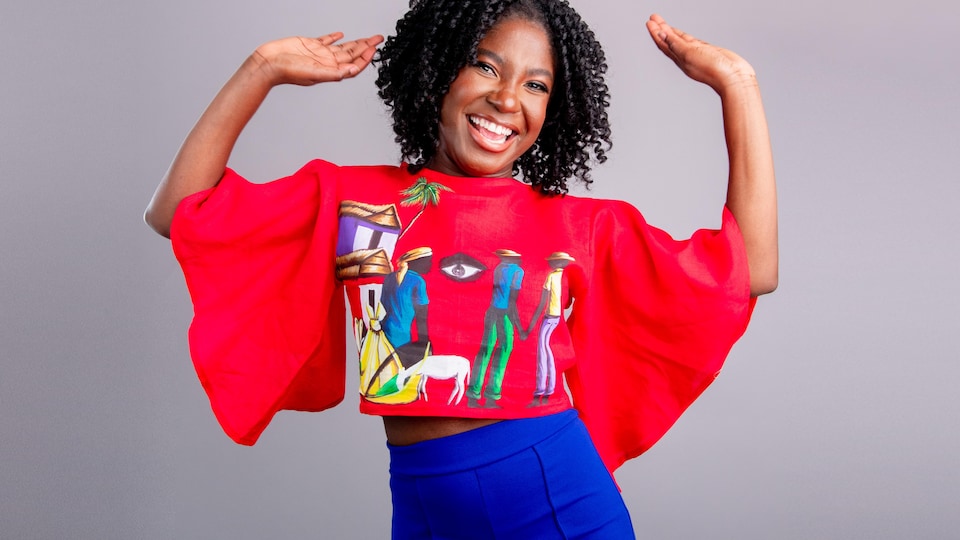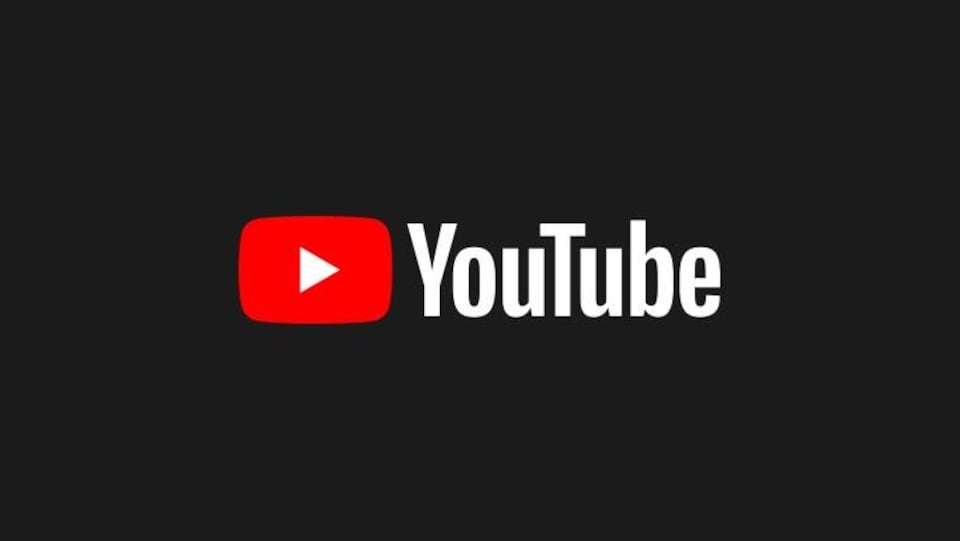In fact, in the event of non-compliance with its rules, the video distribution platform can deprive a channel of access to all the monetization tools and functionalities associated with its Partner Program.
But some content producers on YouTube believe that the platform would be based uniquely
on Western and American standards to demonetize content.
Mike Corey, Canadian YouTuber whose channel is followed by more than 1 million subscribers, is one of them: I really think that [… ] the filter is a 100% western filter
he says.
Some of Mike Corey’s videos have already been demonetized.
One would have been unfairly
he believes. I probably have 4 or 5 that are restricted and 4 or 5 that are demonetized. One of them I would say is unfairly demonetized
he says.
In a video posted on his YouTube channel in March, American vlogger Will Sonbuchner claimed that YouTube videos are judged solely by Western standards
and everything normal in the usa is what the whole world is judged on
he said.
YouTuber Mike Corney acknowledges that he and Will Sonbuchner sometimes create content that some might call it controversial
but they represent the real culture
of certain peoples, he added.
” It shows the real world in its own way and we’re not sensationalizing. Sonbucher and I don’t want to censor these people, we want to show their whole story and the reality. »
Among Mr Corey’s demonetized and restricted content is a video about the Namibian Himba people of Southern Africa whose women walk around topless.
Toronto YouTuber Margarette Leandre believes that Google’s platform favors Western standards in its content demonetization process.
” I am okay [… ] it is with the standard of what is normal in countries like USA and Canada [… ] that [YouTube] judges every piece of content and it’s no secret. »
Sandy Esprit from Ottawa, an influencer who creates content on several platforms, also notes the influence of American culture on YouTube; an influence that she finds understandable. I work in Canada and the media here is really influenced by American media
she says.
Sandy Spirit believes that in North America it’s easier for people to see things they already know
rather than something foreign to them.
When you introduce a different way of thinking or living or something that’s totally different, it’s something that people are really afraid to look at or research. [à son sujet] to learn more
she says.
Sensitive or offensive content, concepts waves
Mike Corey says it’s hard to know why a video is demonetized or restricted. You don’t get a very good explanation [mais] a very vague message
he complains.
The director of the Canadian non-profit organization Techno Ethique, Caroline Isautier thinks that certain content offends sensibilities in a specific place because embarrassing content is linked to a whole culture, a whole history and it is as a society that we decide that
.
She adds that certain videos demonetized by YouTube may shock Western populations who are not used to seeing them. When we see animals with their throats slit obviously, it is something from which we are completely isolated today in our very, very protected Western world.
she explains.
The director of Techno ethics notes, however, that what is perceived as normal in the West may not be so elsewhere or vice versa.
” Is it more shocking to see content from hyper-sexualized young girls waddling on the Internet because we see it all day long? What is the most embarrassing finally? »
The origin of YouTube’s designers and investors would partly explain the platform’s choice of sensitive or shocking content, says Caroline Isautier. Since YouTube comes from California in America, with American computer engineers and investors, obviously it’s the values of the American West that are modeled on the way YouTube regulates what is put on its platform
she explains.
Marguarette Leandre considers YouTube uses very vague language
which is difficult for content producers to understand.
This is the frustrating thing for creators. […] we don’t tell them why [ les vidéos sont jugées sensibles ou choquantes ] so they can probably avoid it some other time
she says.
The director of Techno ETHICS notes a lack of transparency
about the choices made by YouTube and other platforms. It is the law of the code. Today it is YouTube that decides what we see through its algorithm, there is no democratic discussion or body that monitors
castigates the Torontonian.
Standards world
YouTube says it follows advertising industry standards through the Global Alliance for Responsible Media. Those who want to earn revenue from advertisements […] must comply with our Advertiser Friendly Content Guidelines which align with global advertising industry standards
says the platform’s spokesperson in Canada, Luiza Staniec.
” It is a global framework, not based on specific cultural norms of specific countries. »
Mike Corey says he understands that YouTube tracks what advertisers want
since the videos are uploaded for free, he says.
It’s not really YouTube that makes these decisions. I’m sorry […] but the audience that is most valuable to YouTube is Western audiences, because advertisers will pay more to advertise to Western audiences.
Martin Gibert, researcher in ethics of artificial intelligence at the University of Montreal explains that YouTube, as a commercial enterprise, has the right to put in its criteria whatever it wants and the people who make money with the platform are obliged to respect its rules.
.
The researcher considers it correct that certain images are evacuated: We could agree on ultra violent images, ultra pornographic images.
But at the same time, Martin Gibert questions how algorithms identify disgusting things, work completed by content moderators.
Luiza Staniec says content creators have the ability to appeal when their videos are demonetized because their platform’s rating systems aren’t infallible
.
Sometimes our systems are wrong. That’s why we encourage creators to appeal these rulings if they believe they’re wrong. Calls allow us to update our systems to become more and more efficient
she says.
Luiza Staniec indicates that sometimes demonetization and restriction measures are canceled after producers have appealed.
Platforms and advertisers are also making efforts to inform Internet users about what may be illegal.
In September 2020 they signed an agreement with advertisers containing a set of clear definitions to identify hate speech online.
Martin Gibert believes that the demonetization of content freedom of expression is not an issue
.
Reference-ici.radio-canada.ca


